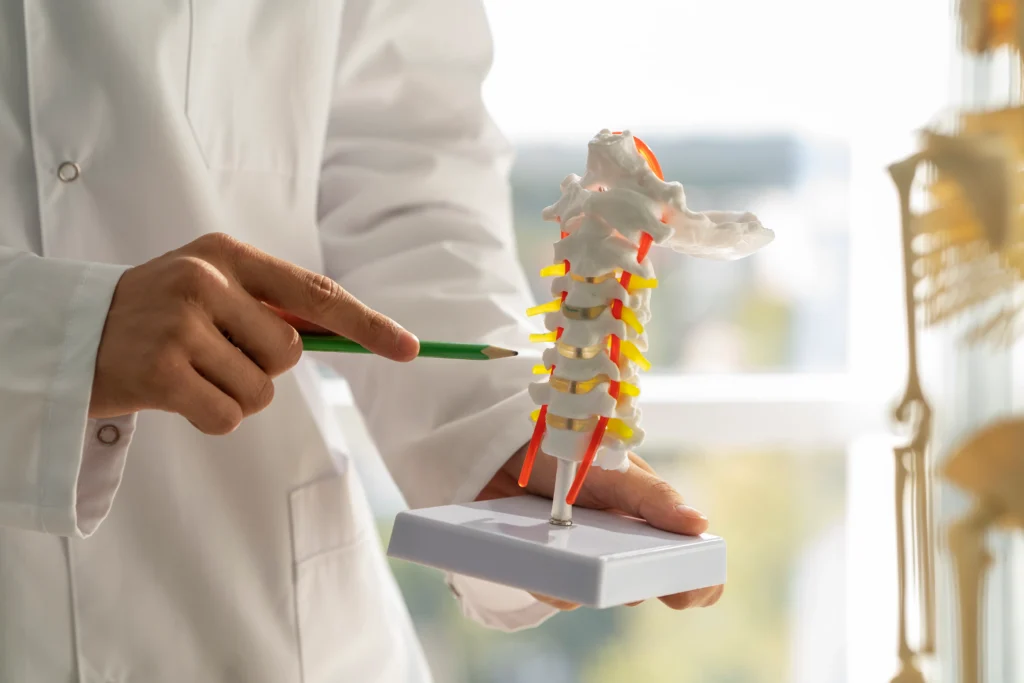Spinal Defect in Pune
A variety of congenital anomalies that impact the development of the spine and spinal cord during pregnancy are included in the category of spinal defects in babies. These flaws can be anything from small irregularities to more serious illnesses with important neurological ramifications. Spina bifida, congenital scoliosis, tethered spinal cord, and spinal dysraphism are common spine abnormalities in neonates.
One of the most common spinal problems in neonates is spina bifida, which is defined by inadequate spinal column closure and different degrees of spinal cord exposure and injury. Congenital scoliosis is an abnormal curvature of the spine that is commonly brought on by abnormalities of the vertebrae. A spinal cord that is abnormally tethered to surrounding tissues can limit movement and possibly cause neurological disorders. This condition is known as a tethered spinal cord.

A class of congenital abnormalities known as spinal dysraphism is caused by a failed neural tube closure. These abnormalities might present as tethered spinal cords, cysts, or abnormalities of the skin.
For spinal abnormalities in babies to be managed in a way that minimizes complications and maximizes results, early detection and management are essential. Treatment options for related conditions such hydrocephalus, bladder dysfunction, and mobility difficulties may include surgery, supportive therapy, and continuing medical care. For complete care and long-term management of spinal abnormalities in babies, a multidisciplinary strategy including pediatric neurosurgeons, orthopedic surgeons, neurologists, and other specialists is necessary.
Spinal defects: what are they?
Any structural irregularity or disease affecting the spine, such as deformities, fractures, tumors, infections, or degenerative diseases, is referred to as a spinal defect.
What typical signs and symptoms accompany spinal defects?
Depending on the kind and extent of the damage, symptoms might include stiffness, numbness, weakness, loss of mobility, back discomfort, and, in extreme situations, neurological problems like trouble walking or controlling urine or elimination of stool.
Which spinal defects are some of the more common ones?
Common forms include spinal stenosis (narrowing of the spinal canal), herniated discs, spinal fractures, spinal cord tumors, kyphosis (abnormal curvature of the spine that causes an appearance of a hunchback), and scoliosis (abnormal curvature of the spine).
How are deformities of the spine diagnosed?
A comprehensive assessment of the patient’s medical history, a physical examination, and imaging tests such X-rays, MRIs, or CT scans to evaluate the structure and health of the spine are usually required for diagnosis.
What is the prognosis for those with spinal abnormalities in the long run?
The kind and severity of the defect, the effectiveness of treatment, and the person’s general health and lifestyle all affect the long-term prognosis. Many people can benefit from greater quality of life, reduced symptoms, and enhanced spine function with the right therapy and follow-up care.

